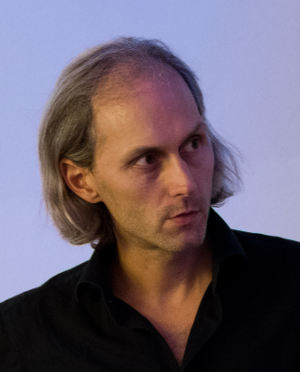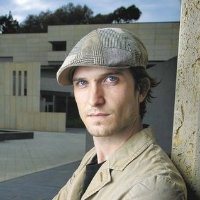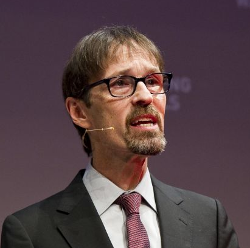
BRAIN-COMPUTER INTERFACE HACKATHON AT IEEE SMC 2017
October 7-8, 2017 in Banff, Canada
Centre for Arts and Creativity
IEEE SMC BCI HACKATHON
Brain Hackathons are brainstorming and collaborative marathons designed to rapidly produce working prototypes. At IEEE SMC, brain hackathons bring developers, technologists, engineers, students, artists, and scientists together in teams of 5 participants each over 2 days to cram and build solutions that they can present. Hence, the Brain Hackathon provides an environment for innovation and entrepreneurship. By putting creative minds from multiple disciplines together for a short period of time, we have the opportunity to discover and uncover possibilities for using BCI-related hardware and software not readily thought of. Hacks and innovation developed from Brain Hackathons have great potential for commercialization. Finally, Brain Hackathons are also designed to be a learning experience for everyone.
There are several predefined projects at the hackathon, which the participants can choose to work on. Below, the projects are described in detail including hard- and software specifications as well as the number of possible participants for each project. Motor imagery and EP based systems are mostly used to control the applications. Specific hardware for the projects will be provided, however, software should already be installed on your personal laptop before you come to the hackathon.
Read more: IEEE SMC Brain-Computer Interface Hackathon
Who can participate?
Anyone can participate who has interests in BMI, BCI, robotics, AR, VR, machine learning, computing, sensors, human-machine interface systems, control, signal processing, big data, haptics, rehabilitation, and similar areas. One does not have to be a BMI expert to participate on a team! Interdisciplinary teams with a combination of BMI and non-BMI skills are often successful in building solutions and producing working prototypes.
Can I participate online?
Additional teams or team members can participate online, but we recommend that at least one team member is present in Banff (expections can be made depending on circumstances). There has been a 100 Mbps dedicated line for online participation. Please register for your favorite project below and let us know that you want to participate online.
Can I submit a different project?
Professional teams can also participate to develop applications during the Hackathon to demonstrate full potential of some of the sponsored hardware/software. If you are looking for team members, your project will be included in the table plan below where people can apply for it.
Submit your project to m.h.smith@ieee.org.
Can students compete among each other?
Participating in the IEEE SMC Brain Hackathon Student Competition gives students the chance to win a seat on a team in the IEEE SMC 2017 Brain-Computer Interface Hackathon. To participate in the student competition, please apply online.
What's in there for me?
Be creative, think outside the box. The Hackathon is fun and gets you to network and collaborate with other Geeks. Of course, there will be prizes for the best 3 programming and artistic projects each. The best Hackathon projects will be awarded with $ 6,000 in cash and hardware prizes:
- $ 1,000 IEEE Brain Initiative Prize
- $ 1,000 IEEE SMC Prize
- $ 1,000 Qusp Prize
- $ 1,000 BR41N.IO Prize
- $ 1,000 OpenBCI Prize
- $ 1,000 Smartstones Prize
- $ 500 NIRx Prize
HACKATHON JURY
Milena Korostenskaja (US)
Head of Functional Brain Mapping and BCI Lab, Florida Hospital for Children
HACKING PROJECTS
Your Hacking Project w/ BCI & OpenBCI
You are invited to create your own programming project for this hackathon. You'll have all the BCI headsets and other equipment available to design and program your own fully functional BCI.
soft-/hardware specifications: 2x EEG headsets (8 channels), openBCI
participants: 2 groups, 3-5 people per group
skills: Basic programming skills
intendiX/extendiX Smart Home
The unicorn is supported by the P300 based spelling application intendiX. It is possible to control home devices such as lamps, radios or television. Watch the intendiX/extendiX Smart Home video.
soft-/hardware specifications: unicorn, everyday objects (bring your own objects)
participants: 2 groups, 3-5 people per group
skills: Basic programming skills (Matlab, Simulink)
fNIRS Motor Imagery Competition
This is a competitive game where 2 players use motor imagery and the one who thinks stronger wins.
soft-/hardware specifications: NIRSsport, NIRStar
participants: 1 groups, 3-5 people per group
skills: Basic programming skills (Matlab)
Unity Games
It is possible to control a unity based games.
soft-/hardware specifications: g.Nautilus
participants: 2 groups, 3-5 people per group
Skills: Basic programming skills (Matlab, Simulink), Basic graphics programming with Unity
Camera
It is possible to record videos, while recording EEG with an unicorn amplifier.
soft-/hardware specifications: unicorn, cameras
participants: 2 groups, 3-5 people per group
skills: Basic programming skills (Matlab, Simulink)
Your Hacking Project
w/ Ganglion & OpenBCI
You are invited to create your own programming project for this hackathon. You'll have all the BCI headsets and other equipment available to design and program your own fully functional BCI.
soft-/hardware specifications: 5x Ganglion boards (4 channels), openBCI
participants: 5 groups, 3-5 people per group
Skills: Basic programming skills
Sphero SPRK Control
The unicorn is supported by the P300 based spelling application intendiX. It is possible to controll a robotic ball called Sphero with intendiX. Watch the Sphero Control video.
soft-/hardware specifications: unicorn, Sphero
participants: 1 group, 3-5 people per group
skills: Basic programming skills (C#)
Brain Sumo
This is a competitive game where 2 players control a sumo robot and the one who thinks (is) stronger, wins.
soft-/hardware specifications: 2x Lego Robots, 2x AnyEEG Headsets
participants: 1 group, 3-5 people per group
skills: Basic programming skills (Matlab, Python, Android)
e-puck Control
It is possible to control an e-puck with the P300 based spelling application intendiX. Watch the e-puck control video.
soft-/hardware specifications: g.Nautilus, e-puck
participants: 1 group, 3-5 people per group
skills: Basic programming skills (C#)
Dream Painting
To use the dream painting app, the user is wearing an unicorn headset while sleeping. When he wakes up, he will get an image created according to his EEG signals.
soft-/hardware specifications: g.USBamp
participants: 2 groups, 3-5 people per group
skills: Basic programming skills (Matlab, Simulink)
Flight Control
The unicorn is supported by the P300 based spelling application intendiX. It is possible to move a drone with intendiX.
soft-/hardware specifications: unicorn, drone
participants: 1 group, 3-5 people per group
skills: Basic programming skills (Java)
Orthosis Control
It is possible to control a 3D printed orthosis using a unicorn amplifier with motor imagery. It is possible to move an orthosis by thinking about left or right hand motion. Watch the Orthosis Control video.
soft-/hardware specifications: g.USBamp, orthesis
participants: 2 groups, 3-5 people per group
Skills: Basic programming skills (Matlab, Simulink)
FES Control
It is possible to control a FES using a unicorn amplifier with motor imagery. It is possible to move a FES by thinking about left or right hand motion.
soft-/hardware specifications: unicorn, FES
participants: 2 groups, 3-5 people per group
skills: Basic programming skills (Matlab, Simulink)
Muses
In this project, you can be creative and develop the working BCI headpiece that comes in your mind.
soft-/hardware specifications: 3x Muses
participants: 3 groups, 3-5 people per group
Skills: Basic programming skills (Matlab, Python, C, etc.)
Connect intendiX w/ Social Media
The unicorn amplifier is supported by the P300 based spelling application intendiX. When connected to Twitter or Facebook, status updated can be written. Watch the intendiX Social Media video.
soft-/hardware specifications: unicorn
participants: 2 groups, 3-5 people per group
skills: Basic programming skills (Matlab, Simulink)
THAT WAS BANFF 2017. THANK YOU!
IEEE BRAIN & QUSP WINNER
Team "Neurity"
The team combined EEG and Virtual Reality and created an interactive tool for assisted living and an environment for telesurgery and training.
Team members: Rachel L'Orsa, Kourosh Zareinia, Liu Shi Gan, Steven Samoil, Usman Mir
SMARTSTONES WINNER
Team "Tsunami"
The team created a game board for using the Spero and therefore developed a new GUI to control the robotic ball.
Team members: Chiaki Hirayama, Miku Yanagimoto, Isao Sakamaki, Carlos Martínez
IEEE SMC WINNER
Team "Scorp.io"
The team's development was a scorpion telepresence robotic arm that seamlessly interacts with its environment in first person's view through Virtual Reality.
Team members: Hasiao-Wei Tung, Prakesh Thakur, Ker-Jiun Wang, Samantha Sun
OPENBCI WINNER
Team "MinDHome"
The team Mindhome developed a brain-controlled home automation system to control devices in the living room, kitchen or bedroom. Furthermore, they build a SSVEP based BMI to move a wheelchair.
Team members: H.P. Savindu, P. C. D. Panangala, S. W. H. M. R. D. Lalitharatne, K. D. C, J. Perera,
I. U. Ruhanage
BR41N.IO WINNER
Team "EEGenius"
The team created a smart home interface on mobile devices to complete complex tasks using simple BCI that is compatible with many readily available apps.
Team members: Dennis Dietz, Ion Robu, Zeanna Jadavji, Brett Paffrath, Ore Arowobusoye, Sonia Sharma, Kevin Torgas
NIRX WINNER
Team "Bright Team"
The Bright Team developed a functional near-infrared spectroscopy as an alternative to motor imagery based BCI.
Team members: Jeff Dunn, Joel Libove, Anish Mukherjee, Lia Maria Hocke, Mohamed Ibrahim, Chris Duszynski
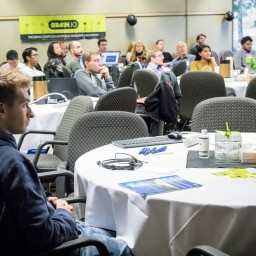 BR41N IO-2017-Banff-1600px-1
BR41N IO-2017-Banff-1600px-1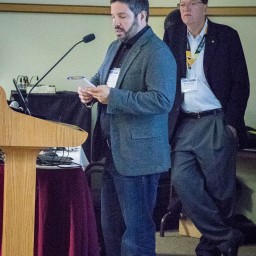 BR41N IO-2017-Banff-1600px-2
BR41N IO-2017-Banff-1600px-2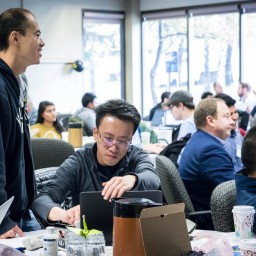 BR41N IO-2017-Banff-1600px-3
BR41N IO-2017-Banff-1600px-3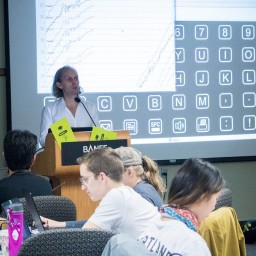 BR41N IO-2017-Banff-1600px-4
BR41N IO-2017-Banff-1600px-4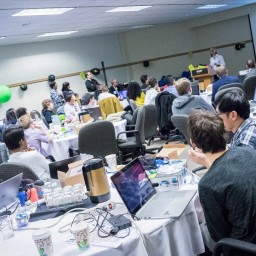 BR41N IO-2017-Banff-1600px-5
BR41N IO-2017-Banff-1600px-5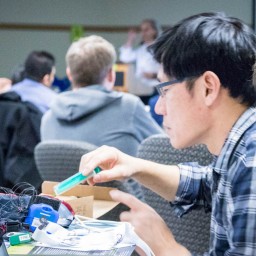 BR41N IO-2017-Banff-1600px-6
BR41N IO-2017-Banff-1600px-6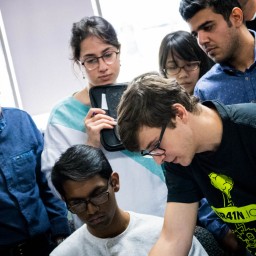 BR41N IO-2017-Banff-1600px-7
BR41N IO-2017-Banff-1600px-7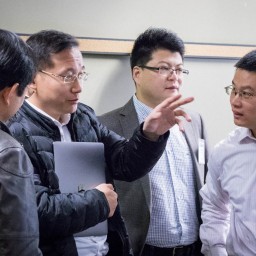 BR41N IO-2017-Banff-1600px-8
BR41N IO-2017-Banff-1600px-8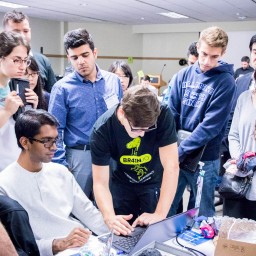 BR41N IO-2017-Banff-1600px-9
BR41N IO-2017-Banff-1600px-9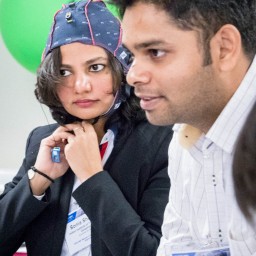 BR41N IO-2017-Banff-1600px-10
BR41N IO-2017-Banff-1600px-10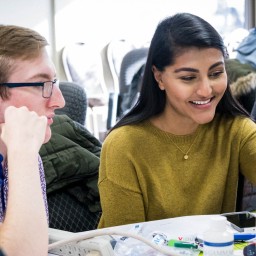 BR41N IO-2017-Banff-1600px-11
BR41N IO-2017-Banff-1600px-11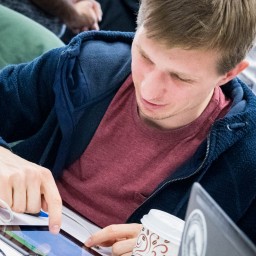 BR41N IO-2017-Banff-1600px-12
BR41N IO-2017-Banff-1600px-12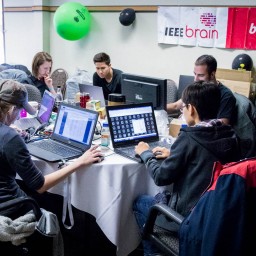 BR41N IO-2017-Banff-1600px-13
BR41N IO-2017-Banff-1600px-13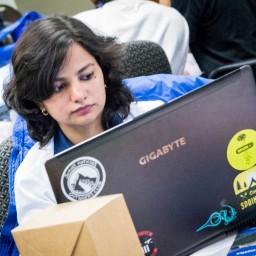 BR41N IO-2017-Banff-1600px-14
BR41N IO-2017-Banff-1600px-14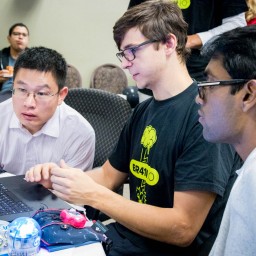 BR41N IO-2017-Banff-1600px-15
BR41N IO-2017-Banff-1600px-15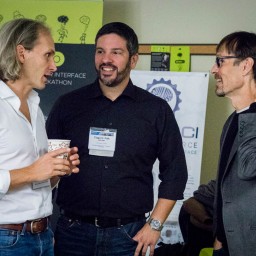 BR41N IO-2017-Banff-1600px-16
BR41N IO-2017-Banff-1600px-16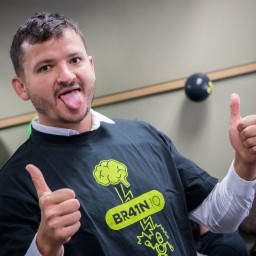 BR41N IO-2017-Banff-1600px-17
BR41N IO-2017-Banff-1600px-17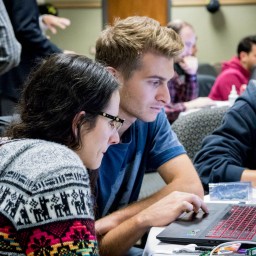 BR41N IO-2017-Banff-1600px-18
BR41N IO-2017-Banff-1600px-18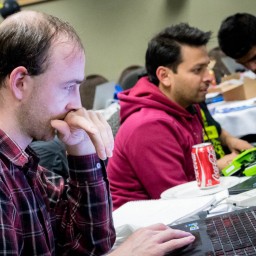 BR41N IO-2017-Banff-1600px-19
BR41N IO-2017-Banff-1600px-19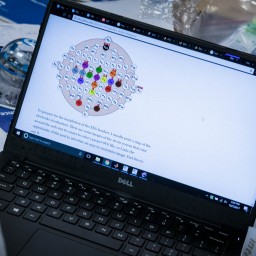 BR41N IO-2017-Banff-1600px-20
BR41N IO-2017-Banff-1600px-20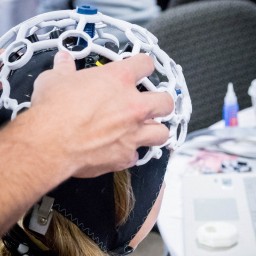 BR41N IO-2017-Banff-1600px-21
BR41N IO-2017-Banff-1600px-21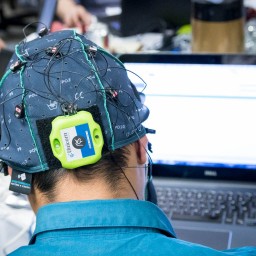 BR41N IO-2017-Banff-1600px-22
BR41N IO-2017-Banff-1600px-22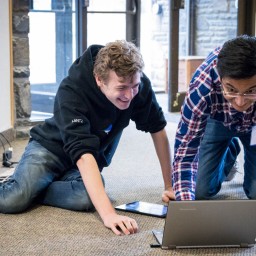 BR41N IO-2017-Banff-1600px-23
BR41N IO-2017-Banff-1600px-23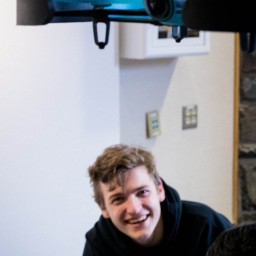 BR41N IO-2017-Banff-1600px-24
BR41N IO-2017-Banff-1600px-24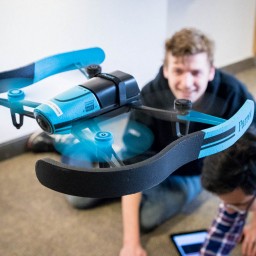 BR41N IO-2017-Banff-1600px-25
BR41N IO-2017-Banff-1600px-25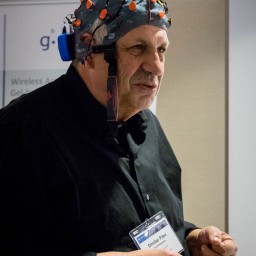 BR41N IO-2017-Banff-1600px-26
BR41N IO-2017-Banff-1600px-26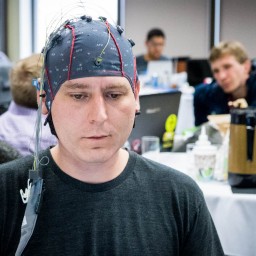 BR41N IO-2017-Banff-1600px-27
BR41N IO-2017-Banff-1600px-27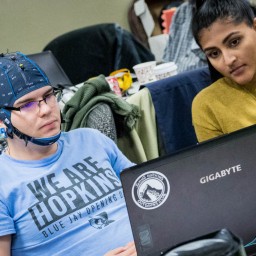 BR41N IO-2017-Banff-1600px-28
BR41N IO-2017-Banff-1600px-28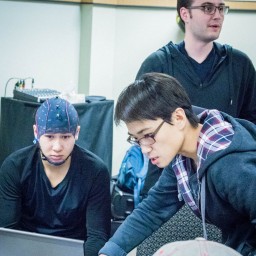 BR41N IO-2017-Banff-1600px-29
BR41N IO-2017-Banff-1600px-29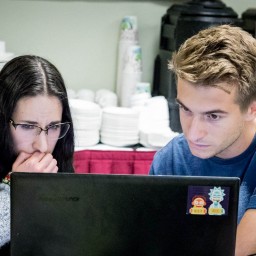 BR41N IO-2017-Banff-1600px-30
BR41N IO-2017-Banff-1600px-30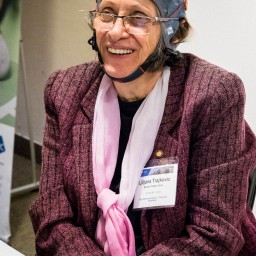 BR41N IO-2017-Banff-1600px-31
BR41N IO-2017-Banff-1600px-31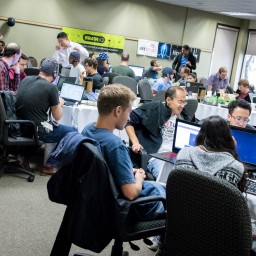 BR41N IO-2017-Banff-1600px-32
BR41N IO-2017-Banff-1600px-32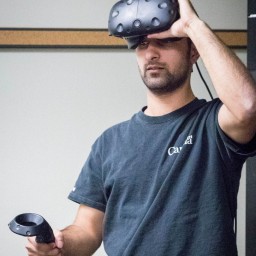 BR41N IO-2017-Banff-1600px-33
BR41N IO-2017-Banff-1600px-33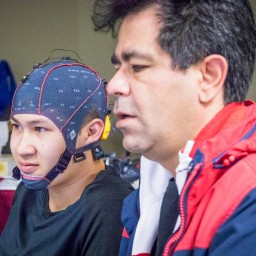 BR41N IO-2017-Banff-1600px-34
BR41N IO-2017-Banff-1600px-34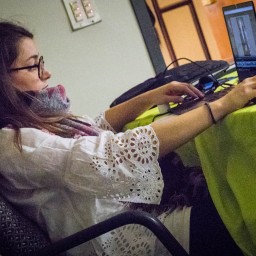 BR41N IO-2017-Banff-1600px-35
BR41N IO-2017-Banff-1600px-35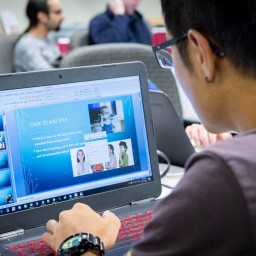 BR41N IO-2017-Banff-1600px-36
BR41N IO-2017-Banff-1600px-36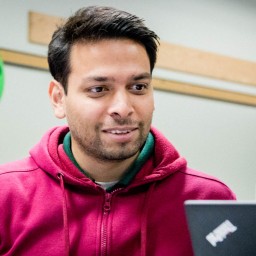 BR41N IO-2017-Banff-1600px-37
BR41N IO-2017-Banff-1600px-37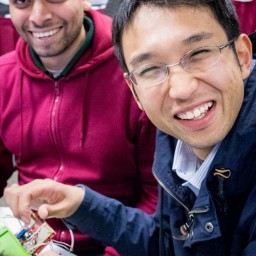 BR41N IO-2017-Banff-1600px-38
BR41N IO-2017-Banff-1600px-38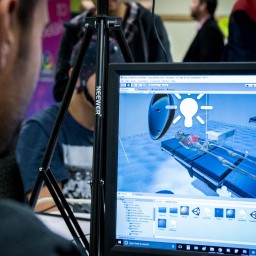 BR41N IO-2017-Banff-1600px-39
BR41N IO-2017-Banff-1600px-39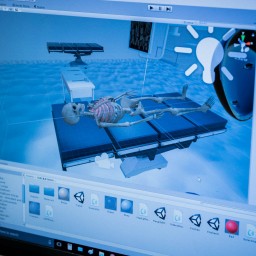 BR41N IO-2017-Banff-1600px-40
BR41N IO-2017-Banff-1600px-40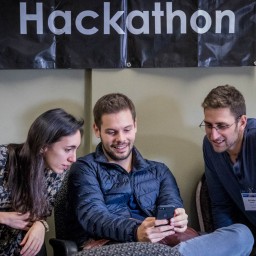 BR41N IO-2017-Banff-1600px-41
BR41N IO-2017-Banff-1600px-41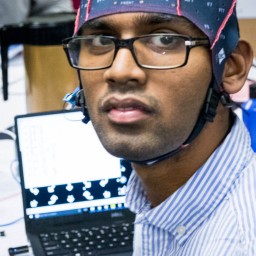 BR41N IO-2017-Banff-1600px-42
BR41N IO-2017-Banff-1600px-42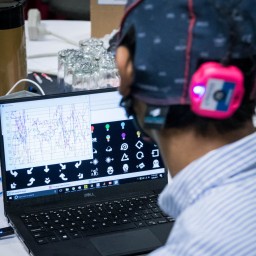 BR41N IO-2017-Banff-1600px-43
BR41N IO-2017-Banff-1600px-43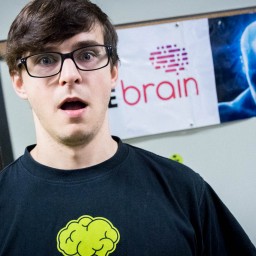 BR41N IO-2017-Banff-1600px-44
BR41N IO-2017-Banff-1600px-44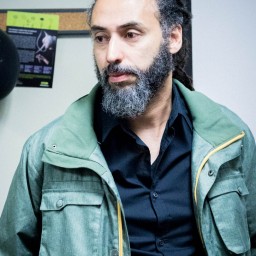 BR41N IO-2017-Banff-1600px-45
BR41N IO-2017-Banff-1600px-45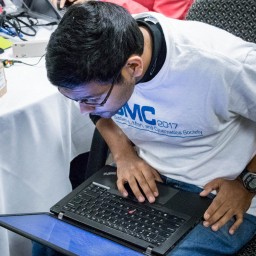 BR41N IO-2017-Banff-1600px-46
BR41N IO-2017-Banff-1600px-46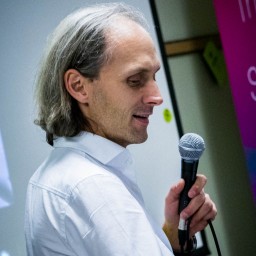 BR41N IO-2017-Banff-1600px-47
BR41N IO-2017-Banff-1600px-47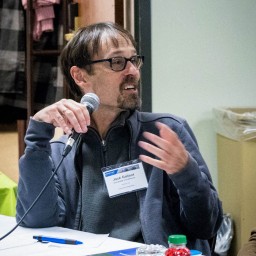 BR41N IO-2017-Banff-1600px-48
BR41N IO-2017-Banff-1600px-48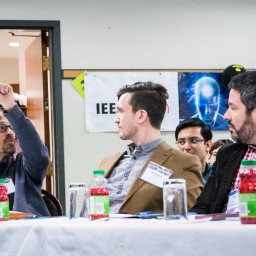 BR41N IO-2017-Banff-1600px-49
BR41N IO-2017-Banff-1600px-49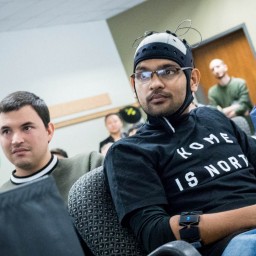 BR41N IO-2017-Banff-1600px-50
BR41N IO-2017-Banff-1600px-50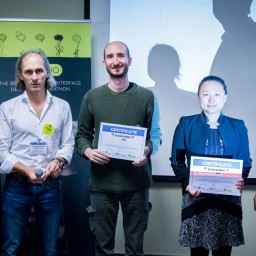 BR41N IO-2017-Banff-1600px-51
BR41N IO-2017-Banff-1600px-51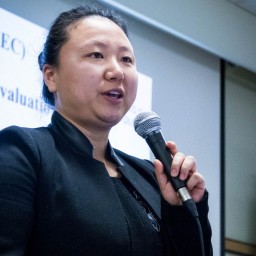 BR41N IO-2017-Banff-1600px-52
BR41N IO-2017-Banff-1600px-52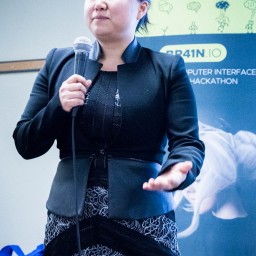 BR41N IO-2017-Banff-1600px-53
BR41N IO-2017-Banff-1600px-53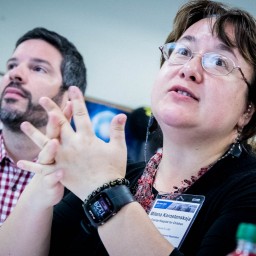 BR41N IO-2017-Banff-1600px-54
BR41N IO-2017-Banff-1600px-54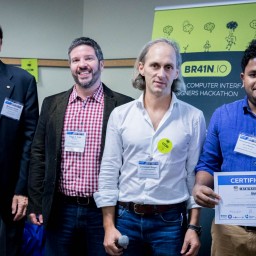 BR41N IO-2017-Banff-1600px-55
BR41N IO-2017-Banff-1600px-55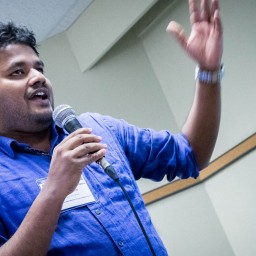 BR41N IO-2017-Banff-1600px-56
BR41N IO-2017-Banff-1600px-56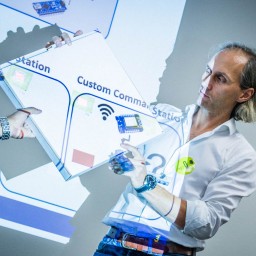 BR41N IO-2017-Banff-1600px-57
BR41N IO-2017-Banff-1600px-57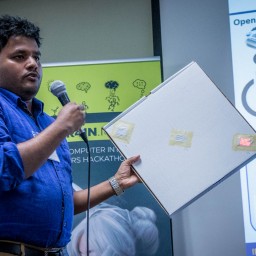 BR41N IO-2017-Banff-1600px-58
BR41N IO-2017-Banff-1600px-58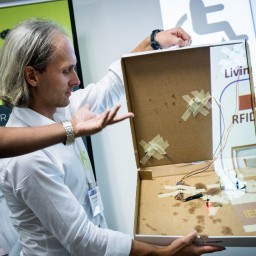 BR41N IO-2017-Banff-1600px-59
BR41N IO-2017-Banff-1600px-59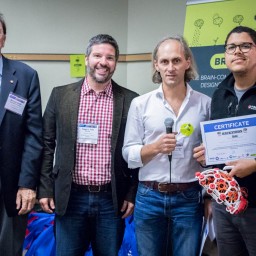 BR41N IO-2017-Banff-1600px-60
BR41N IO-2017-Banff-1600px-60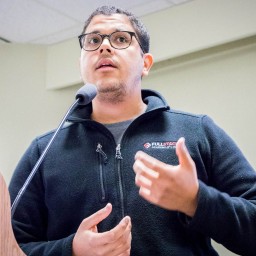 BR41N IO-2017-Banff-1600px-61
BR41N IO-2017-Banff-1600px-61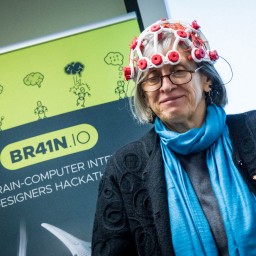 BR41N IO-2017-Banff-1600px-62
BR41N IO-2017-Banff-1600px-62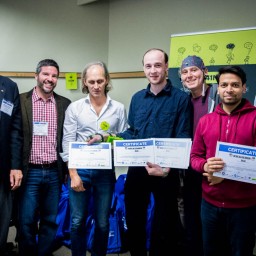 BR41N IO-2017-Banff-1600px-63
BR41N IO-2017-Banff-1600px-63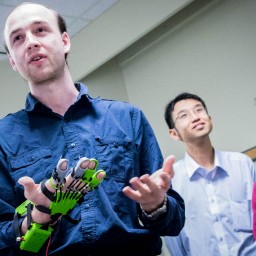 BR41N IO-2017-Banff-1600px-64
BR41N IO-2017-Banff-1600px-64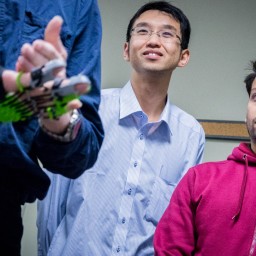 BR41N IO-2017-Banff-1600px-65
BR41N IO-2017-Banff-1600px-65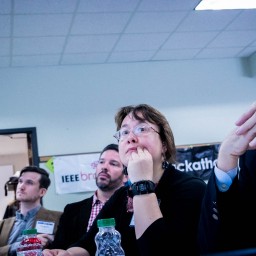 BR41N IO-2017-Banff-1600px-66
BR41N IO-2017-Banff-1600px-66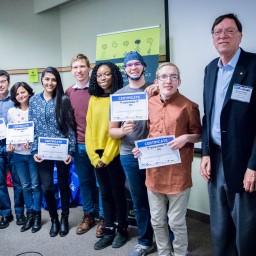 BR41N IO-2017-Banff-1600px-67
BR41N IO-2017-Banff-1600px-67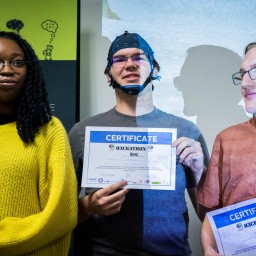 BR41N IO-2017-Banff-1600px-68
BR41N IO-2017-Banff-1600px-68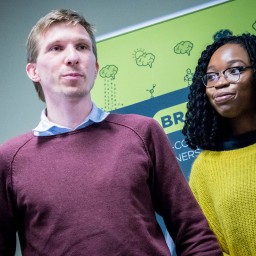 BR41N IO-2017-Banff-1600px-69
BR41N IO-2017-Banff-1600px-69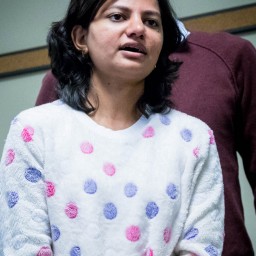 BR41N IO-2017-Banff-1600px-70
BR41N IO-2017-Banff-1600px-70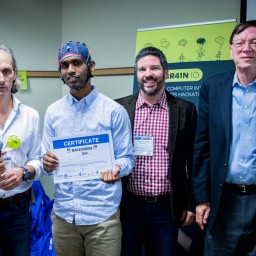 BR41N IO-2017-Banff-1600px-71
BR41N IO-2017-Banff-1600px-71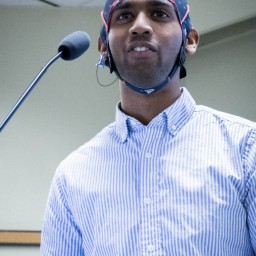 BR41N IO-2017-Banff-1600px-72
BR41N IO-2017-Banff-1600px-72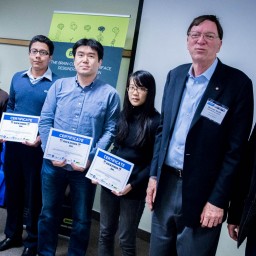 BR41N IO-2017-Banff-1600px-73
BR41N IO-2017-Banff-1600px-73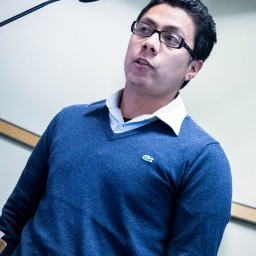 BR41N IO-2017-Banff-1600px-74
BR41N IO-2017-Banff-1600px-74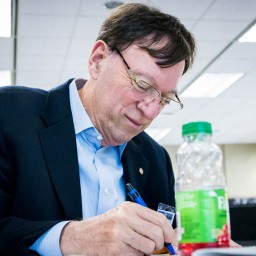 BR41N IO-2017-Banff-1600px-75
BR41N IO-2017-Banff-1600px-75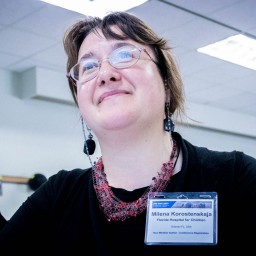 BR41N IO-2017-Banff-1600px-76
BR41N IO-2017-Banff-1600px-76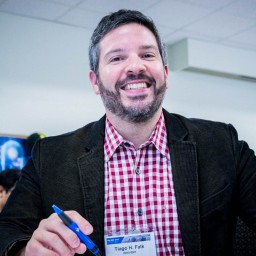 BR41N IO-2017-Banff-1600px-77
BR41N IO-2017-Banff-1600px-77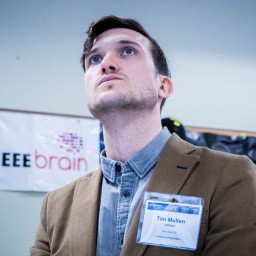 BR41N IO-2017-Banff-1600px-78
BR41N IO-2017-Banff-1600px-78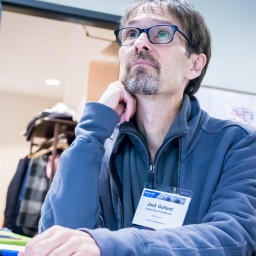 BR41N IO-2017-Banff-1600px-79
BR41N IO-2017-Banff-1600px-79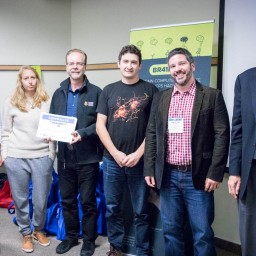 BR41N IO-2017-Banff-1600px-80
BR41N IO-2017-Banff-1600px-80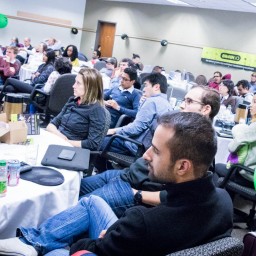 BR41N IO-2017-Banff-1600px-81
BR41N IO-2017-Banff-1600px-81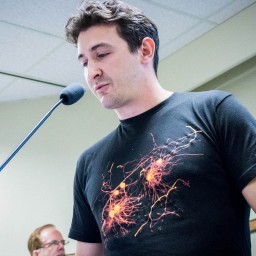 BR41N IO-2017-Banff-1600px-82
BR41N IO-2017-Banff-1600px-82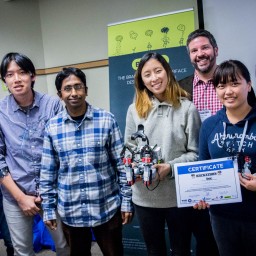 BR41N IO-2017-Banff-1600px-83
BR41N IO-2017-Banff-1600px-83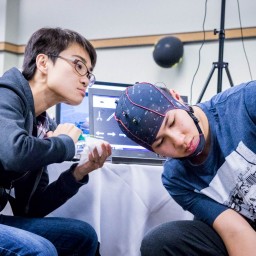 BR41N IO-2017-Banff-1600px-84
BR41N IO-2017-Banff-1600px-84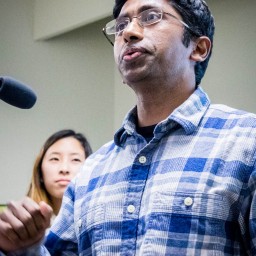 BR41N IO-2017-Banff-1600px-85
BR41N IO-2017-Banff-1600px-85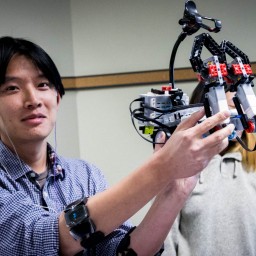 BR41N IO-2017-Banff-1600px-86
BR41N IO-2017-Banff-1600px-86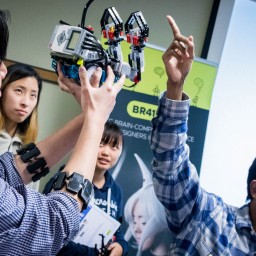 BR41N IO-2017-Banff-1600px-87
BR41N IO-2017-Banff-1600px-87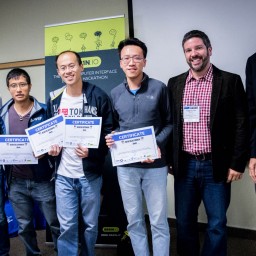 BR41N IO-2017-Banff-1600px-88
BR41N IO-2017-Banff-1600px-88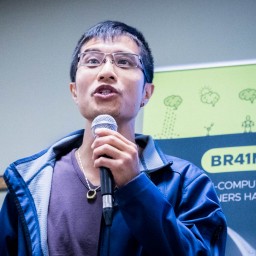 BR41N IO-2017-Banff-1600px-89
BR41N IO-2017-Banff-1600px-89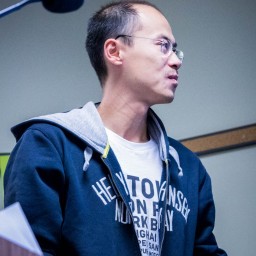 BR41N IO-2017-Banff-1600px-90
BR41N IO-2017-Banff-1600px-90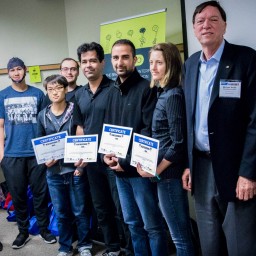 BR41N IO-2017-Banff-1600px-91
BR41N IO-2017-Banff-1600px-91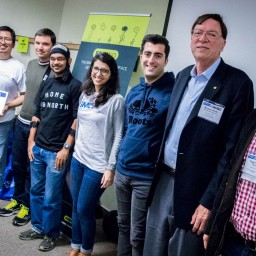 BR41N IO-2017-Banff-1600px-92
BR41N IO-2017-Banff-1600px-92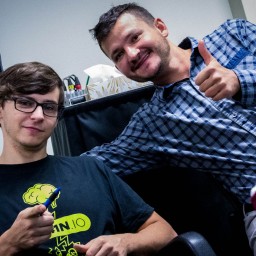 BR41N IO-2017-Banff-1600px-93
BR41N IO-2017-Banff-1600px-93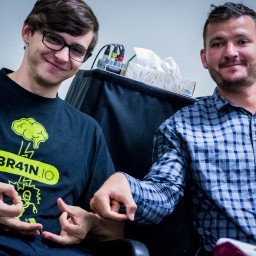 BR41N IO-2017-Banff-1600px-94
BR41N IO-2017-Banff-1600px-94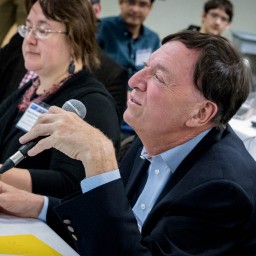 BR41N IO-2017-Banff-1600px-95
BR41N IO-2017-Banff-1600px-95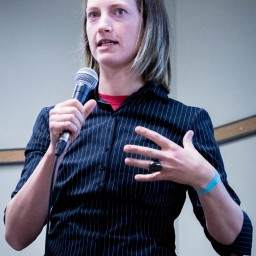 BR41N IO-2017-Banff-1600px-96
BR41N IO-2017-Banff-1600px-96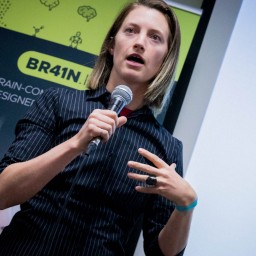 BR41N IO-2017-Banff-1600px-97
BR41N IO-2017-Banff-1600px-97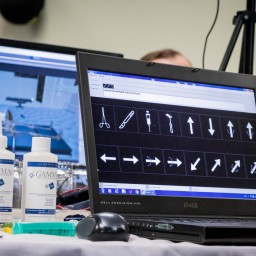 BR41N IO-2017-Banff-1600px-98
BR41N IO-2017-Banff-1600px-98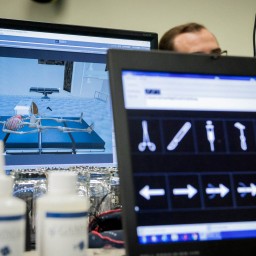 BR41N IO-2017-Banff-1600px-99
BR41N IO-2017-Banff-1600px-99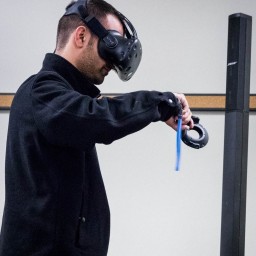 BR41N IO-2017-Banff-1600px-100
BR41N IO-2017-Banff-1600px-100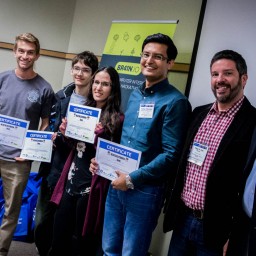 BR41N IO-2017-Banff-1600px-101
BR41N IO-2017-Banff-1600px-101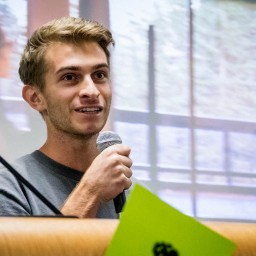 BR41N IO-2017-Banff-1600px-102
BR41N IO-2017-Banff-1600px-102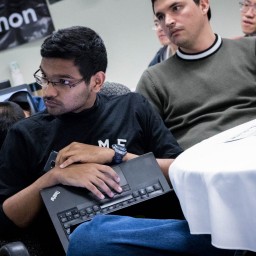 BR41N IO-2017-Banff-1600px-103
BR41N IO-2017-Banff-1600px-103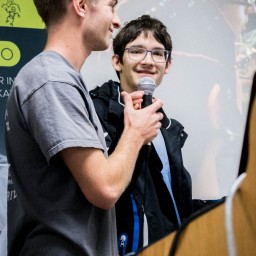 BR41N IO-2017-Banff-1600px-104
BR41N IO-2017-Banff-1600px-104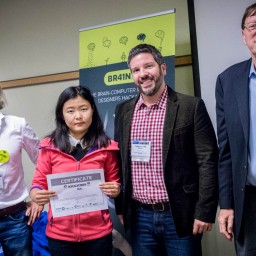 BR41N IO-2017-Banff-1600px-105
BR41N IO-2017-Banff-1600px-105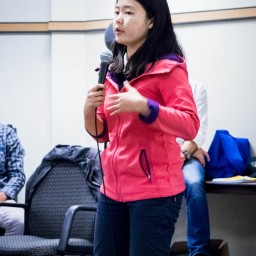 BR41N IO-2017-Banff-1815
BR41N IO-2017-Banff-1815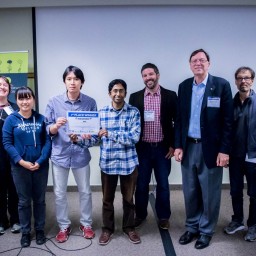 BR41N IO-2017-Banff-1819
BR41N IO-2017-Banff-1819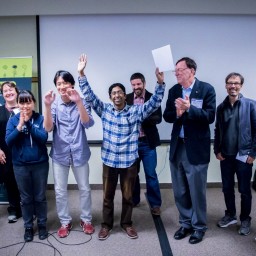 BR41N IO-2017-Banff-1820
BR41N IO-2017-Banff-1820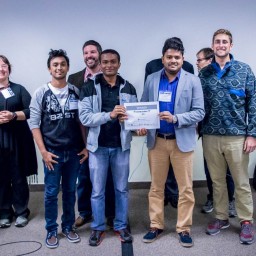 BR41N IO-2017-Banff-1824
BR41N IO-2017-Banff-1824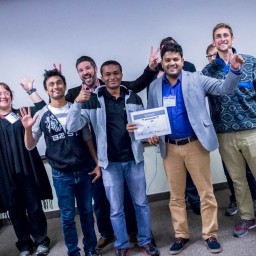 BR41N IO-2017-Banff-1825
BR41N IO-2017-Banff-1825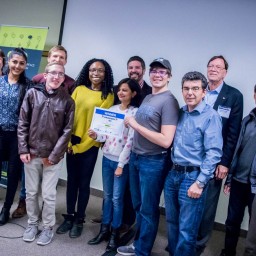 BR41N IO-2017-Banff-1828
BR41N IO-2017-Banff-1828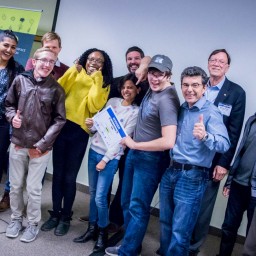 BR41N IO-2017-Banff-1829
BR41N IO-2017-Banff-1829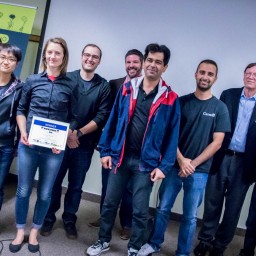 BR41N IO-2017-Banff-1830
BR41N IO-2017-Banff-1830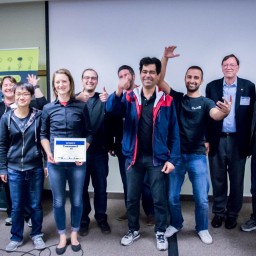 BR41N IO-2017-Banff-1832
BR41N IO-2017-Banff-1832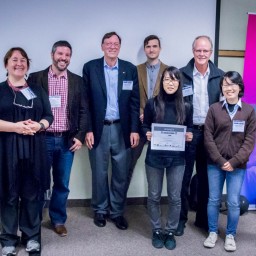 BR41N IO-2017-Banff-1835
BR41N IO-2017-Banff-1835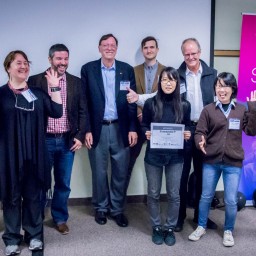 BR41N IO-2017-Banff-1837
BR41N IO-2017-Banff-1837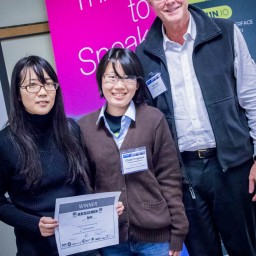 BR41N IO-2017-Banff-1839
BR41N IO-2017-Banff-1839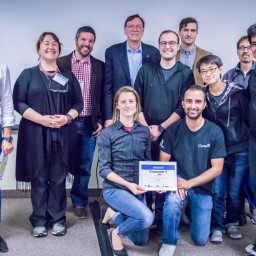 BR41N IO-2017-Banff-1842
BR41N IO-2017-Banff-1842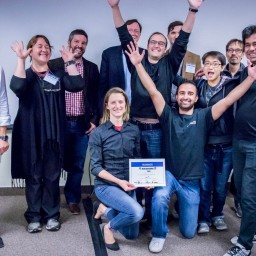 BR41N IO-2017-Banff-1844
BR41N IO-2017-Banff-1844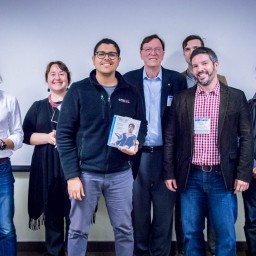 BR41N IO-2017-Banff-1846
BR41N IO-2017-Banff-1846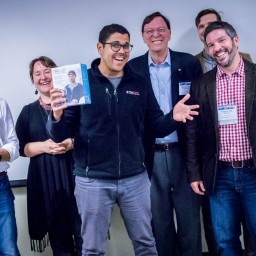 BR41N IO-2017-Banff-1848
BR41N IO-2017-Banff-1848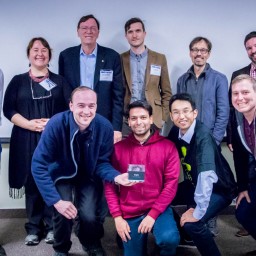 BR41N IO-2017-Banff-1852
BR41N IO-2017-Banff-1852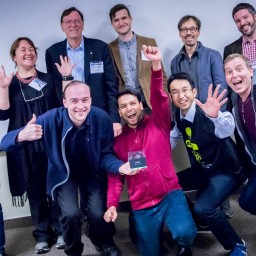 BR41N IO-2017-Banff-1853
BR41N IO-2017-Banff-1853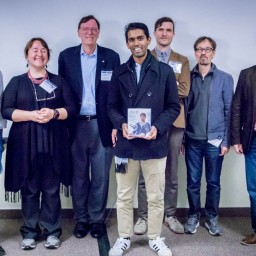 BR41N IO-2017-Banff-1856
BR41N IO-2017-Banff-1856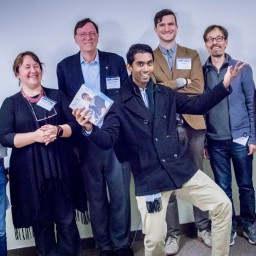 BR41N IO-2017-Banff-1858
BR41N IO-2017-Banff-1858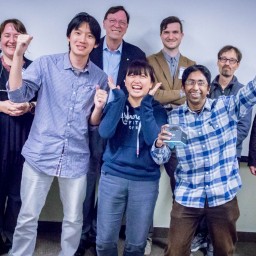 BR41N IO-2017-Banff-1861
BR41N IO-2017-Banff-1861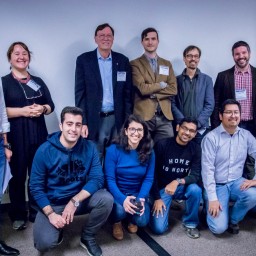 BR41N IO-2017-Banff-1862
BR41N IO-2017-Banff-1862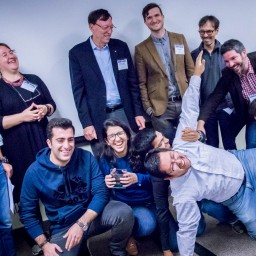 BR41N IO-2017-Banff-1865
BR41N IO-2017-Banff-1865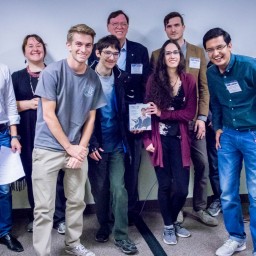 BR41N IO-2017-Banff-1867
BR41N IO-2017-Banff-1867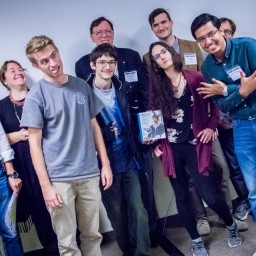 BR41N IO-2017-Banff-1870
BR41N IO-2017-Banff-1870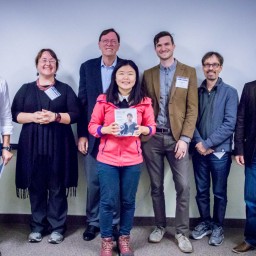 BR41N IO-2017-Banff-1872
BR41N IO-2017-Banff-1872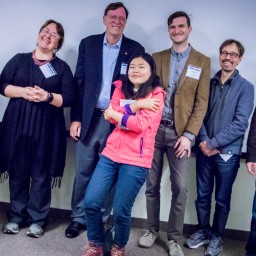 BR41N IO-2017-Banff-1876
BR41N IO-2017-Banff-1876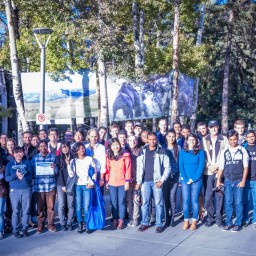 BR41N IO-2017-Banff-1878
BR41N IO-2017-Banff-1878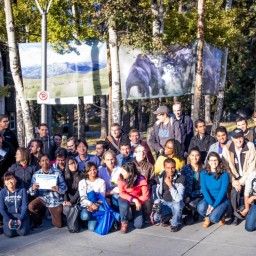 BR41N IO-2017-Banff-1886
BR41N IO-2017-Banff-1886







